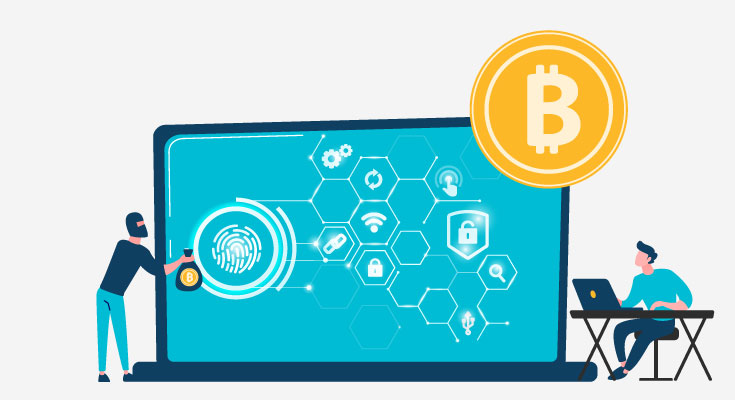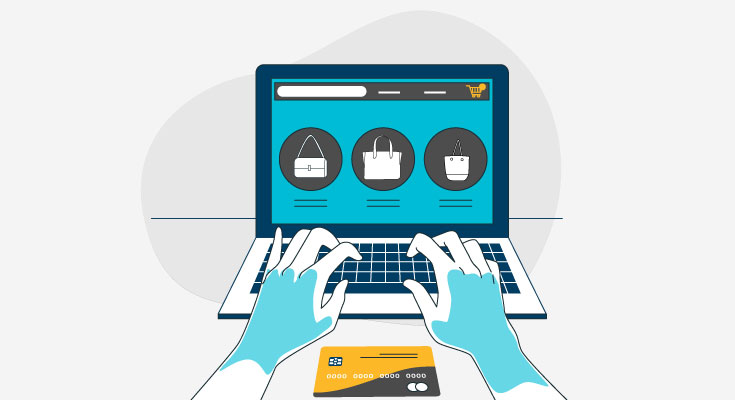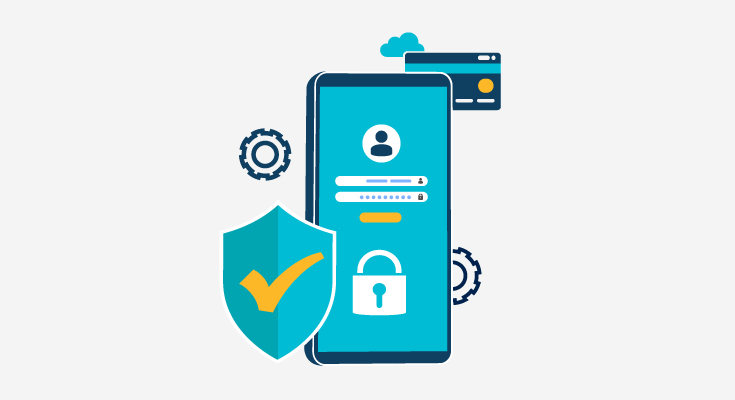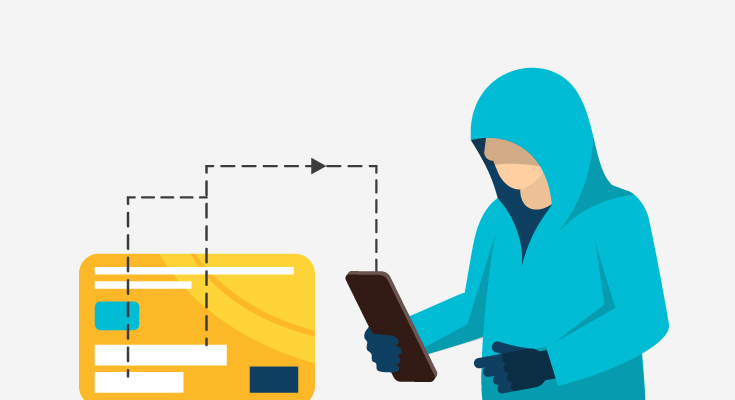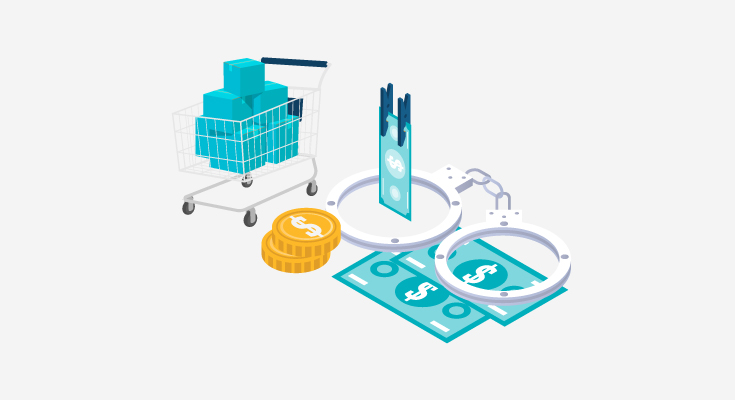Cryptocurrencies have seen incredible growth in the last decade and they are emerging as a mainstream market and a viable investment choice. The digital currency has become more famous since the Covid-19 pandemic. While the pandemic has ruined the growth of many industries, it has advanced and expanded the use of online banking and digital payment services, and digital assets like cryptocurrencies.
While the growth is good news, the bad news is that cybercriminals love the use of digital money. The use of digital currency is like a magnet for criminals because of two primary reasons.
- Global online access to money
- Complex and confusing systems make money laundering easier
With an unregulated market, cryptocurrencies are loved by fraudsters all over the world. Identity verification solutions assist in making cryptocurrencies safe for users. As the cryptocurrency markets are growing, the need for robust ID verification solutions is needed even more.
Exchanges Need to Enhance their Rules & Regulations
One of the major reasons why money laundering and other cybercrimes are growing in the cryptocurrency market is that not all exchanges have weak ID verification methods in place. According to a study, 56% of cryptocurrency exchanges have weak or nonexistent KYC policies that do no good to prevent money laundering.
To make things worse, some exchanges intentionally hide their country of origin to avoid complying with any type of KYC guidelines. This only plays a helping hand in the global money-laundering problem.
Compare this with banks and financial institutions, which are using groundbreaking ID verification technology using AI, Machine Learning & massive data sets to manage increasingly strict regulations.
Some major cryptocurrency players keep up with the demand for improved AML/KYC compliance. Using third-party solutions is a more effective solution to onboard the customers.
Banks and Regulatory Bodies Want Crypto Verified
Tons of banks still consider crypto as a volatile currency and full of risk. A reputation that is upheld by constant cases of fraud and poor crypto exchanges. These behaviors don’t foster the atmosphere of trust that is vital for the future of cryptocurrencies.
Digital currencies need to create trust among users and make them a part of mainstream financial services. Better monitoring and analysis capabilities will help mitigate the opportunities for bad actors to hide illicit financial activities among legal transactions. Also, the compliance regulations must not hinder the user experience.
One way for crypto exchanges to smoothen the frictions associated with AML/KYC compliances is by using Machine learning technology.
A survey showed that 80% of compliance professionals believe that machine learning could potentially improve the reduced compliance risk. Machine learning solutions are already in place at multiple banks, with a majority of $1 million annually for building strong ID verification solutions.
DIRO Online Document Verification for Secure Crypto Transactions
Cryptocurrency exchange needs to employ strong robust KYC/AML procedures to reduce the risk of increased fraud. DIRO’s online document verification solution verifies documents like bank statements, utility bills, driver’s licenses, and so on. Verifying documents is one of the primary methods of eliminating fraudsters using cryptocurrency for money laundering.
